New appearance of the Japanese Covered Bridge
(QNO) - The inauguration ceremony of the Japanese Covered Bridge (Chùa Cầu in Vietnamese) in Hoi An (Quang Nam) took place on August 3rd, 2024, after over 1.5 years of major restoration.
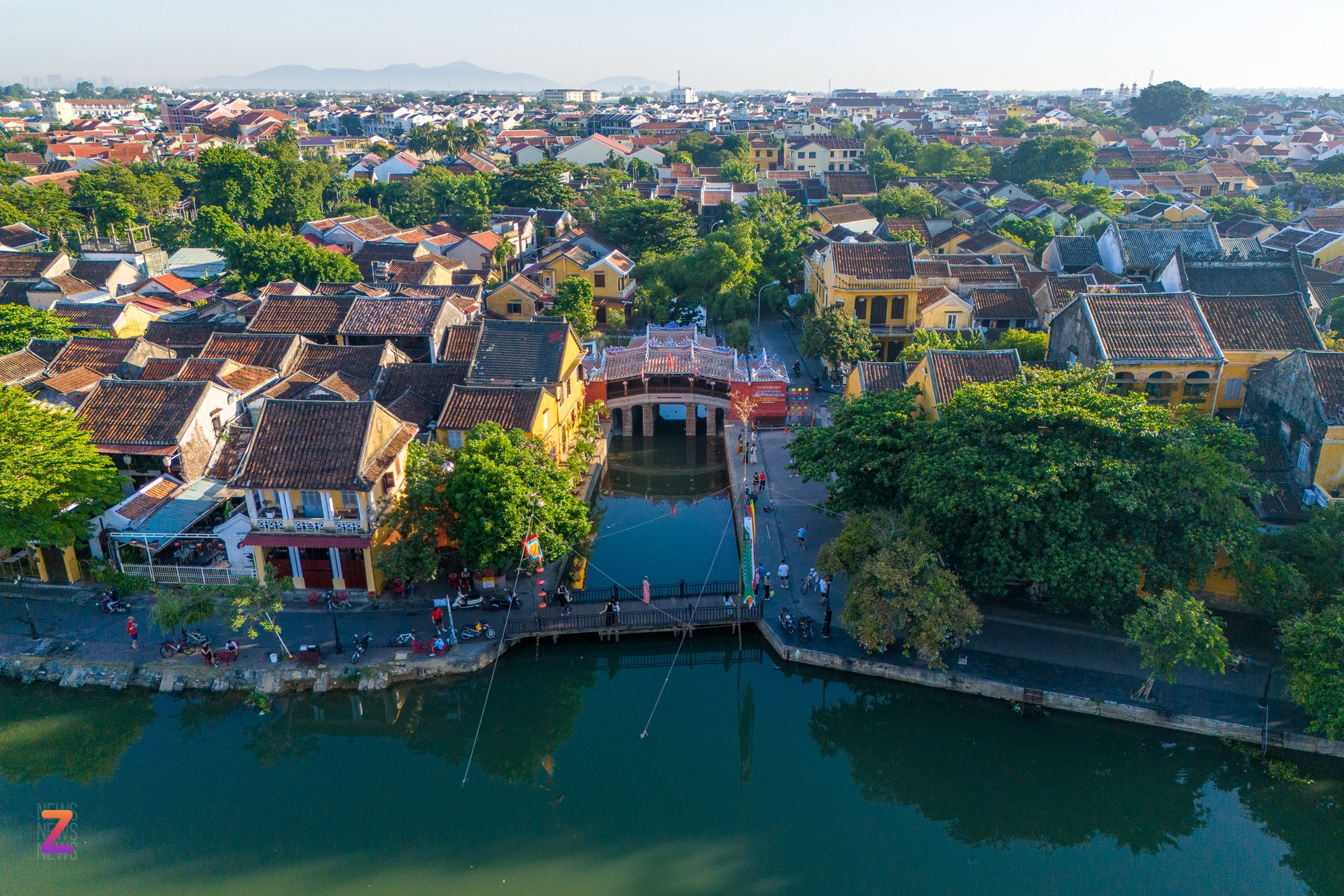
The Japanese Covered Bridge is located on the banks of the Hoai River in the Hoi An ancient town (Quang Nam), which was once a bustling trading port and one of the busiest commercial hubs in the region. Hoi An is now a historic town with a serene ancient charm, attractive to both local and international visitors.
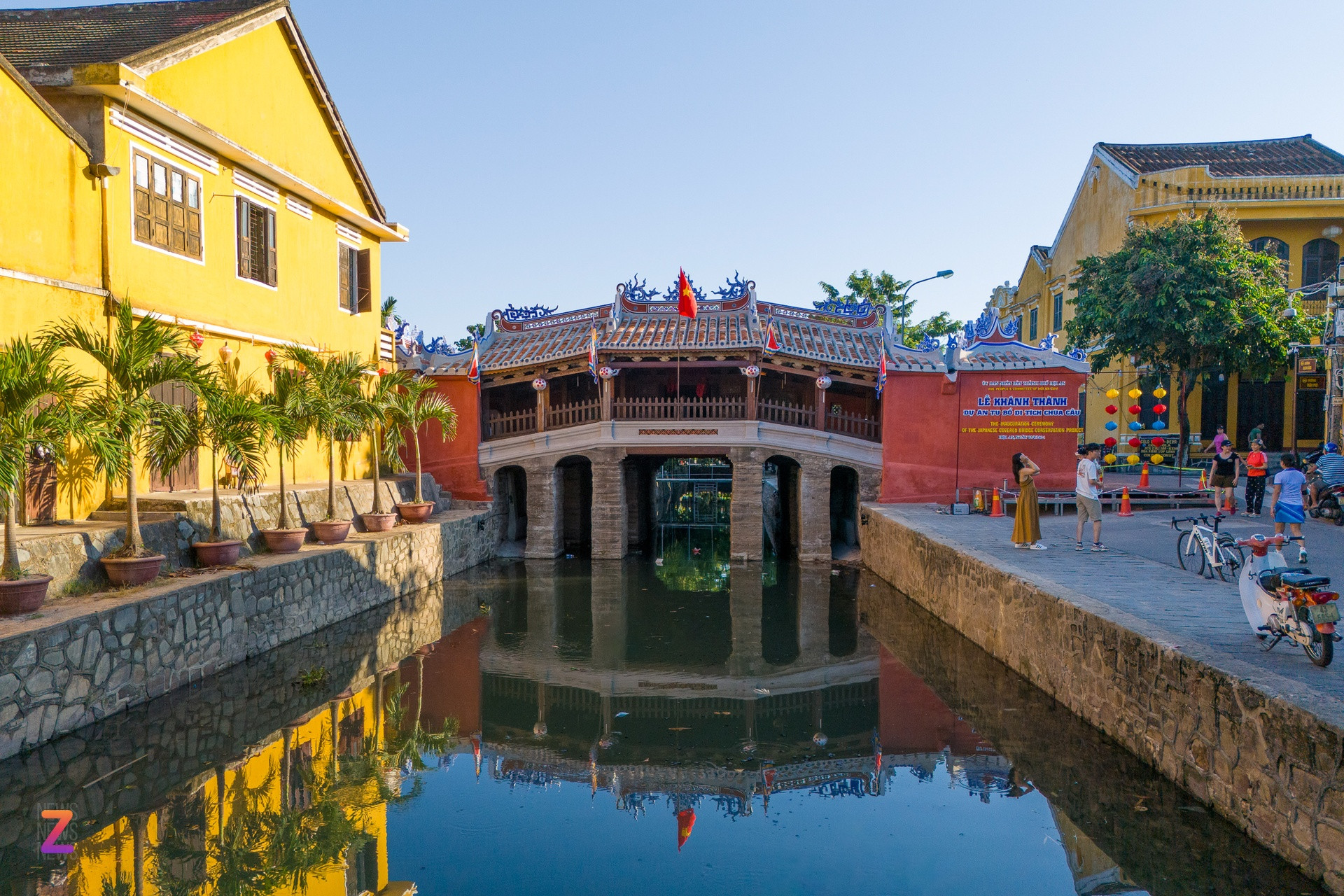
The Hoi An Japanese Covered Bridge, also known as Lai Vien Kieu, is one of the rare remaining Japanese architectural works in Hoi An. The bridge has undergone several repairs during its over-400-year existence. The most recent restoration took more than 1.5 years to complete, starting in December 2022.
.jpeg)
When the restoration of the Japanese Covered Bridge finished, a large number of locals and visitors went there early in the morning before the inauguration happened.

The project on the Japanese Covered Bridge restoration was funded by the Hoi An People's Committee, managed and executed by the Hoi An Centre for Cultural Heritage Management and Preservation, with a total investment of over VND 20 billion.

Due to various issues, the restoration period extended to 1.5 years from the original one-year schedule.
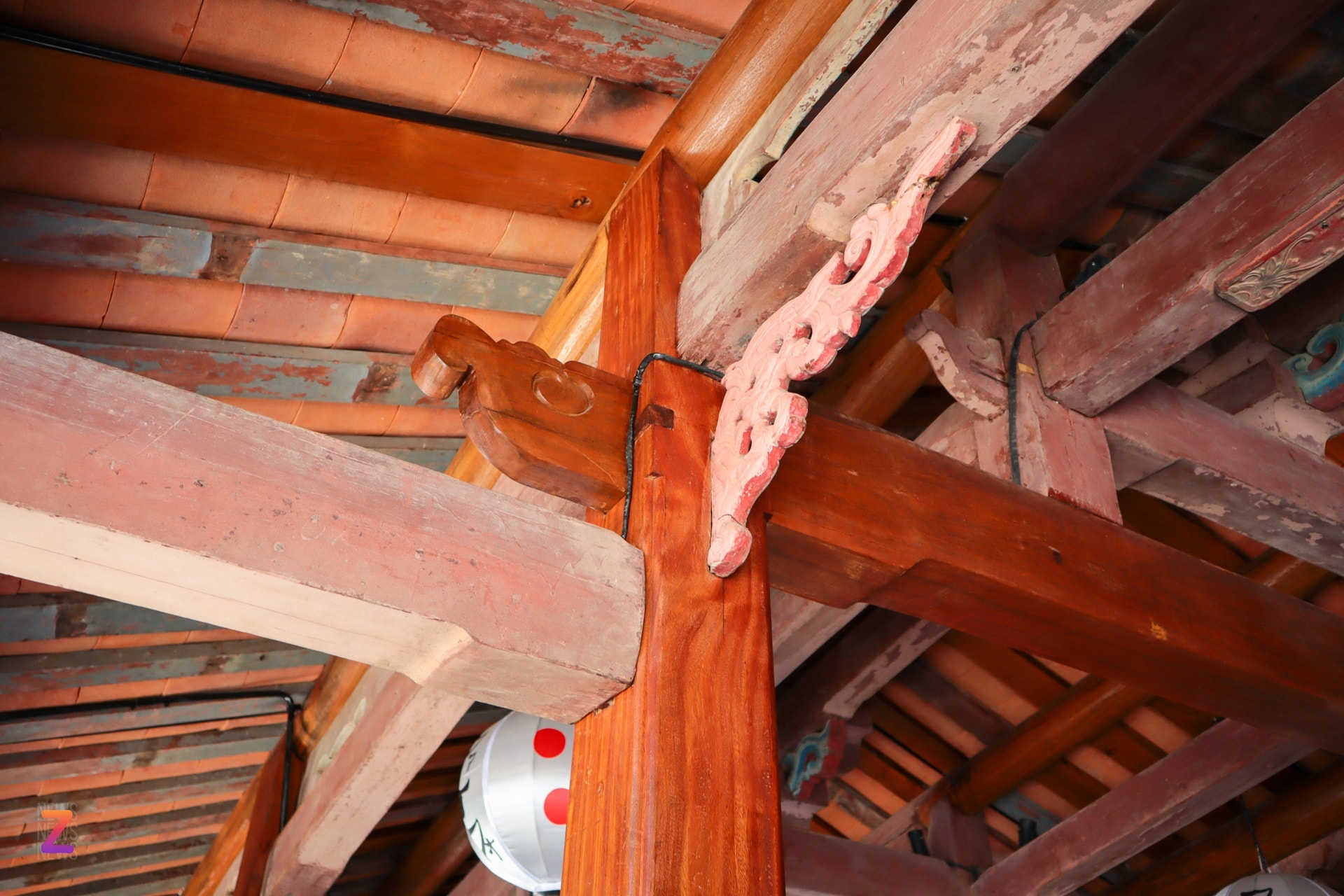
To ensure its accuracy, the restoration efforts aimed to preserve as many original elements of the monument as possible.
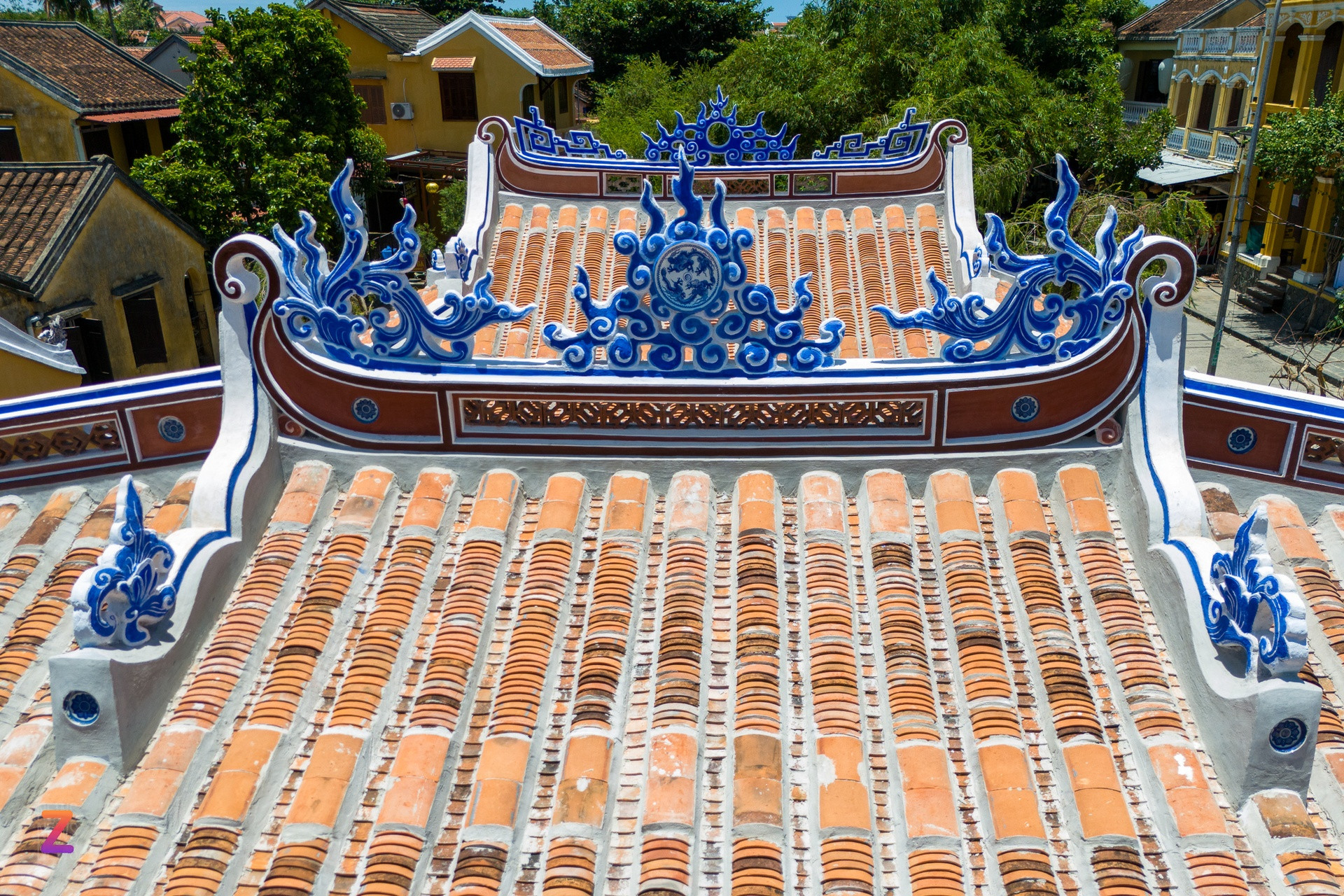
All the front-facing plates on the roof of the bridge were numbered and reinstalled in their original positions, preserving up to 80% of the original layout. Only a few plates at both ends of the bridge, which were completely lost, were replaced.
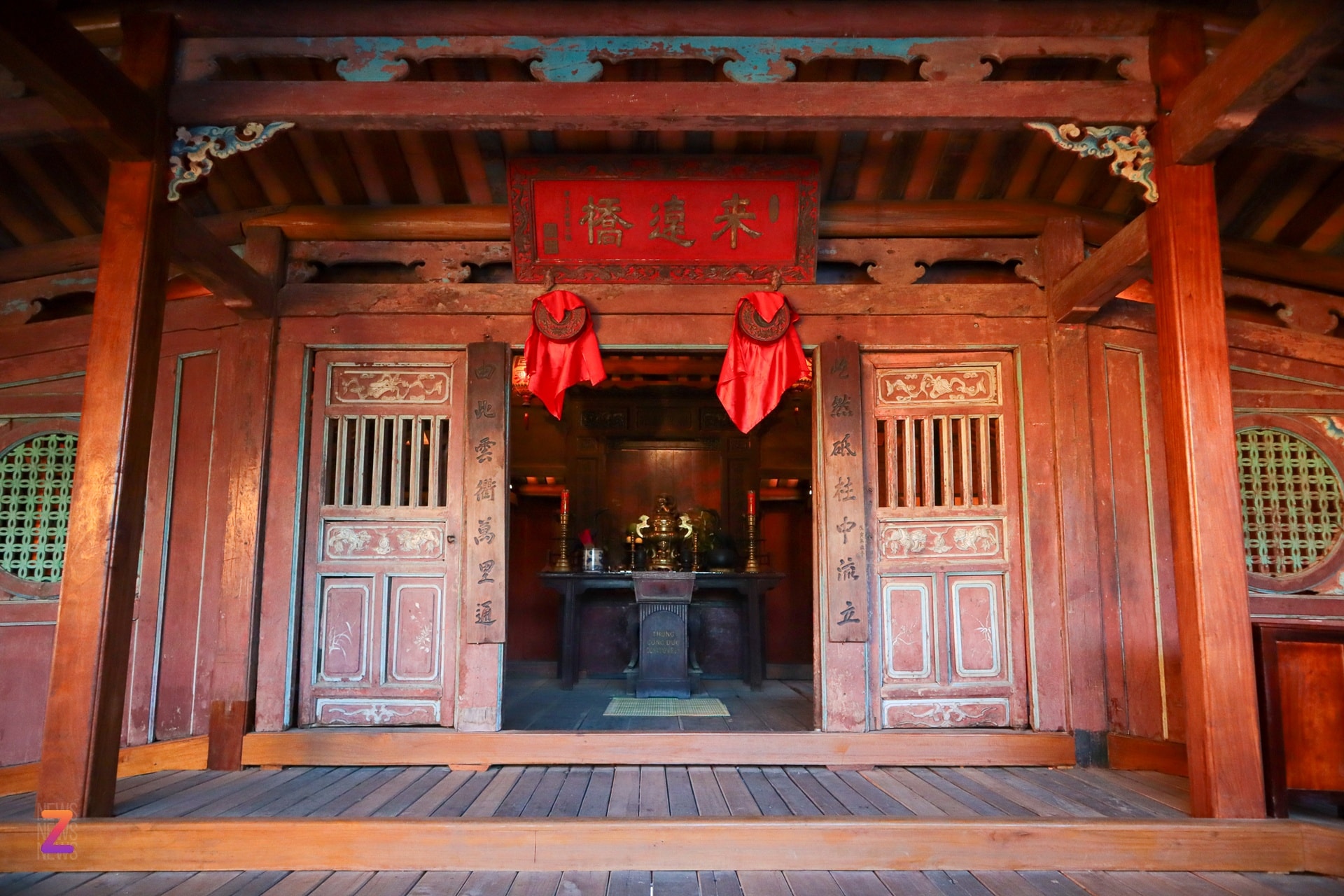
In the middle of the Japanese Covered Bridge is the main space, which is used for worshipping the northern deity Bac De Tran Vo. He is the guardian of the land, bringing joy and happiness to mankind.

At both ends of the Japanese Covered Bridge, there are two wooden animal statues standing guard. The statue of Tengu (Heaven Dog) is at its eastern end facing Tran Phu Street, and the remainder is the Divine Monkey.
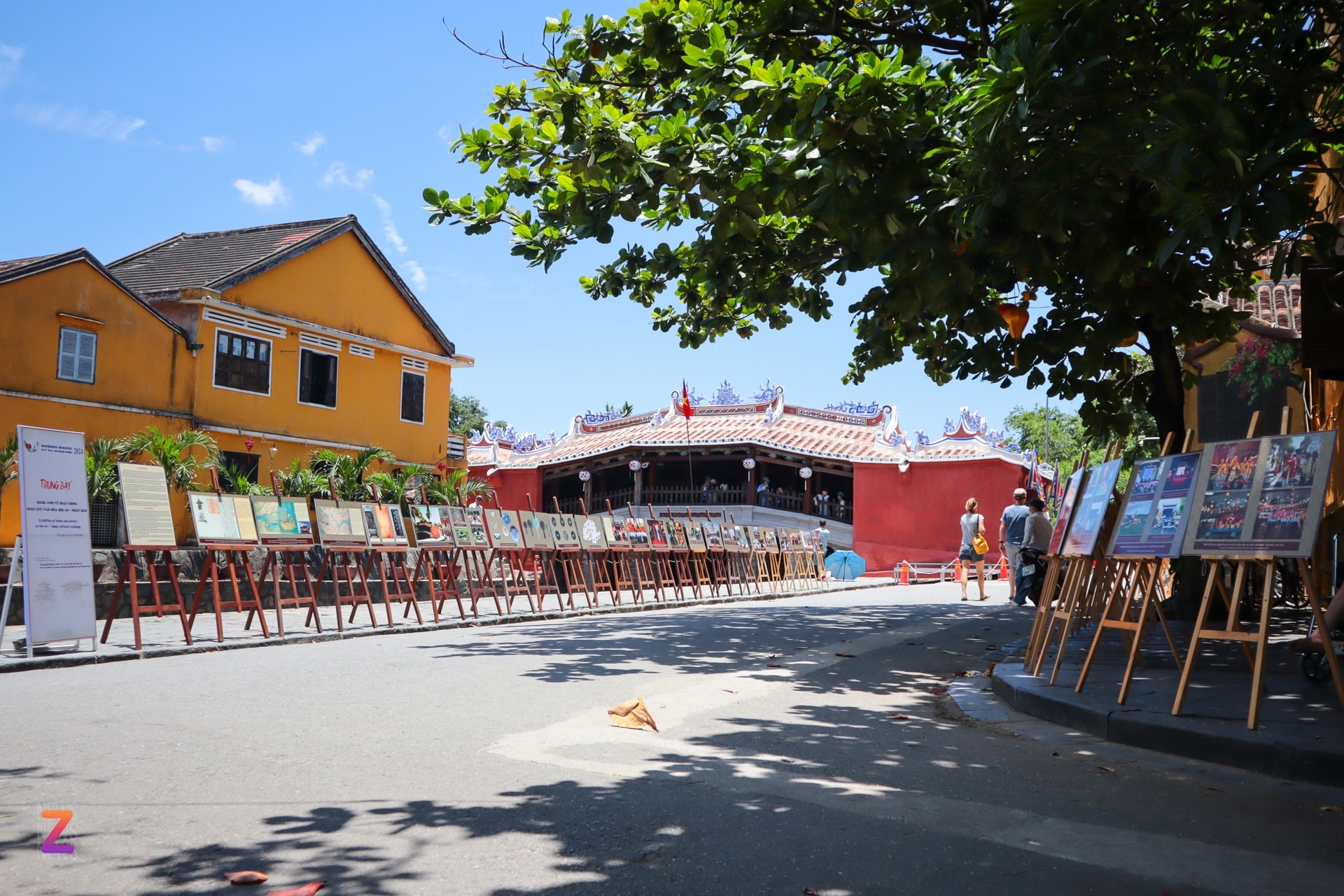
The space in front of the Japanese Covered Bridge Pagoda hosted an exhibition of books and photographs relating to the Hoi An-Japan cultural exchange on August 2-4.
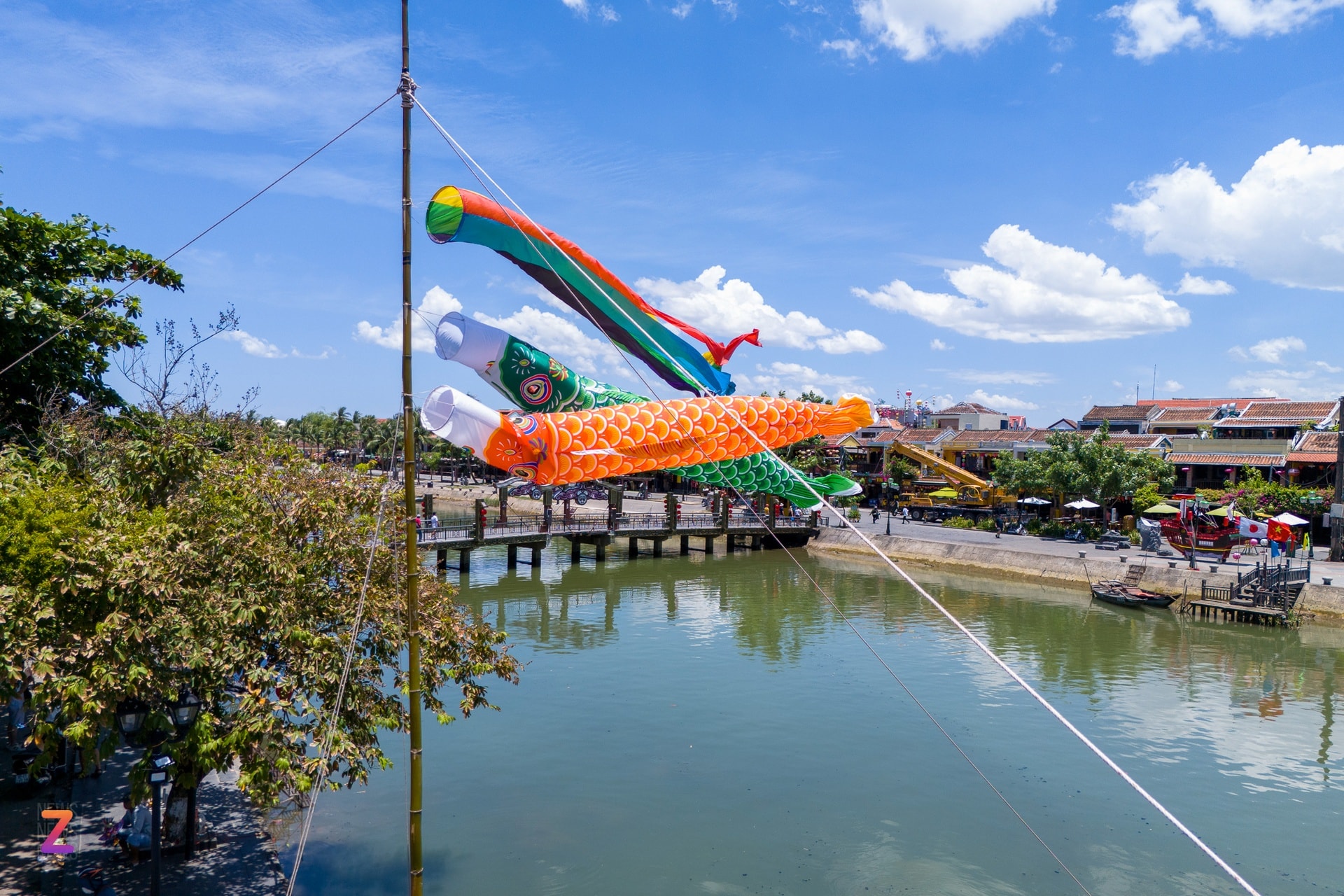
Carp flags, a symbol of Japan, have also been raised along the banks of the Hoai River.
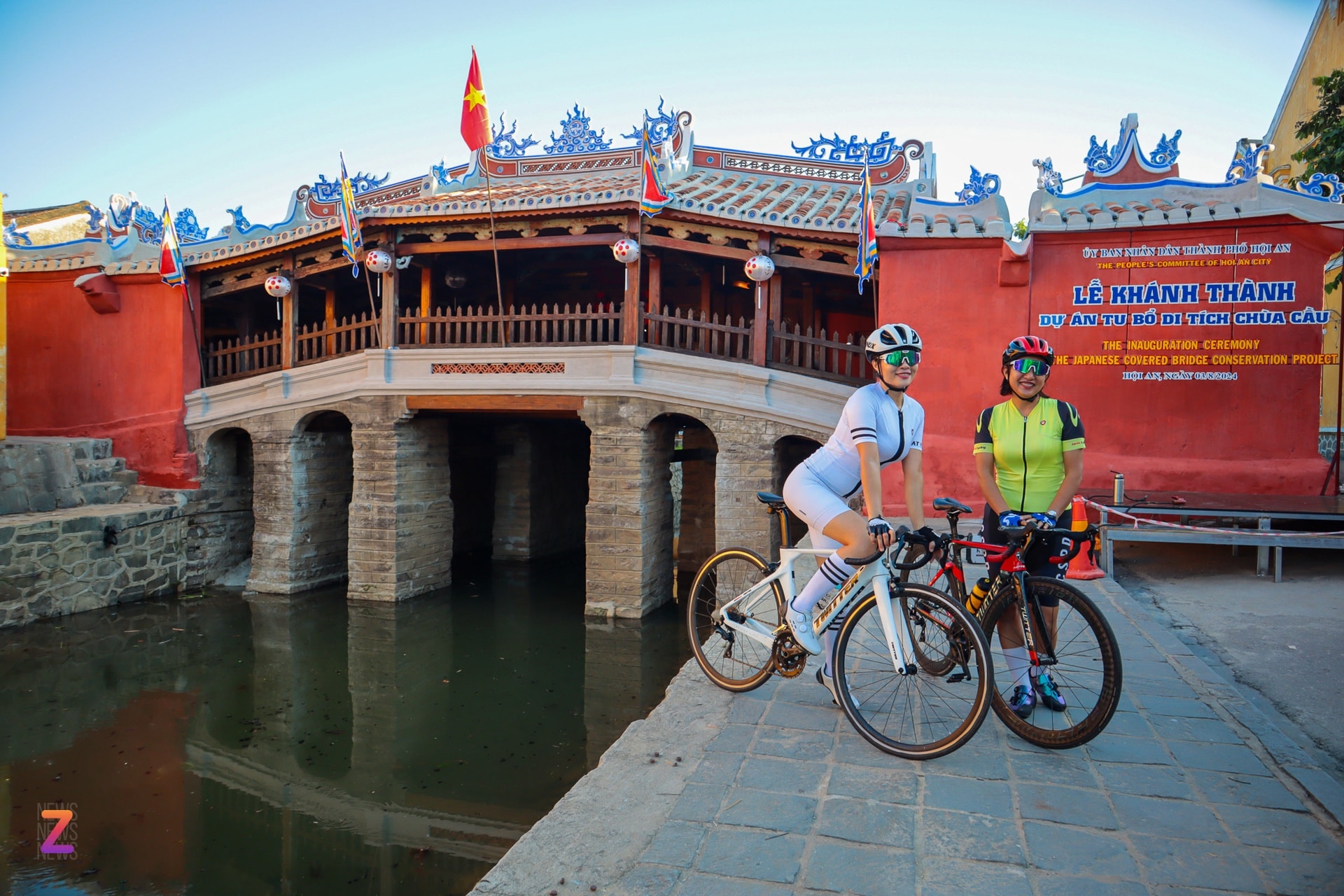
The Japanese Covered Bridge is in its new appearance after over 1.5 years of restoration.
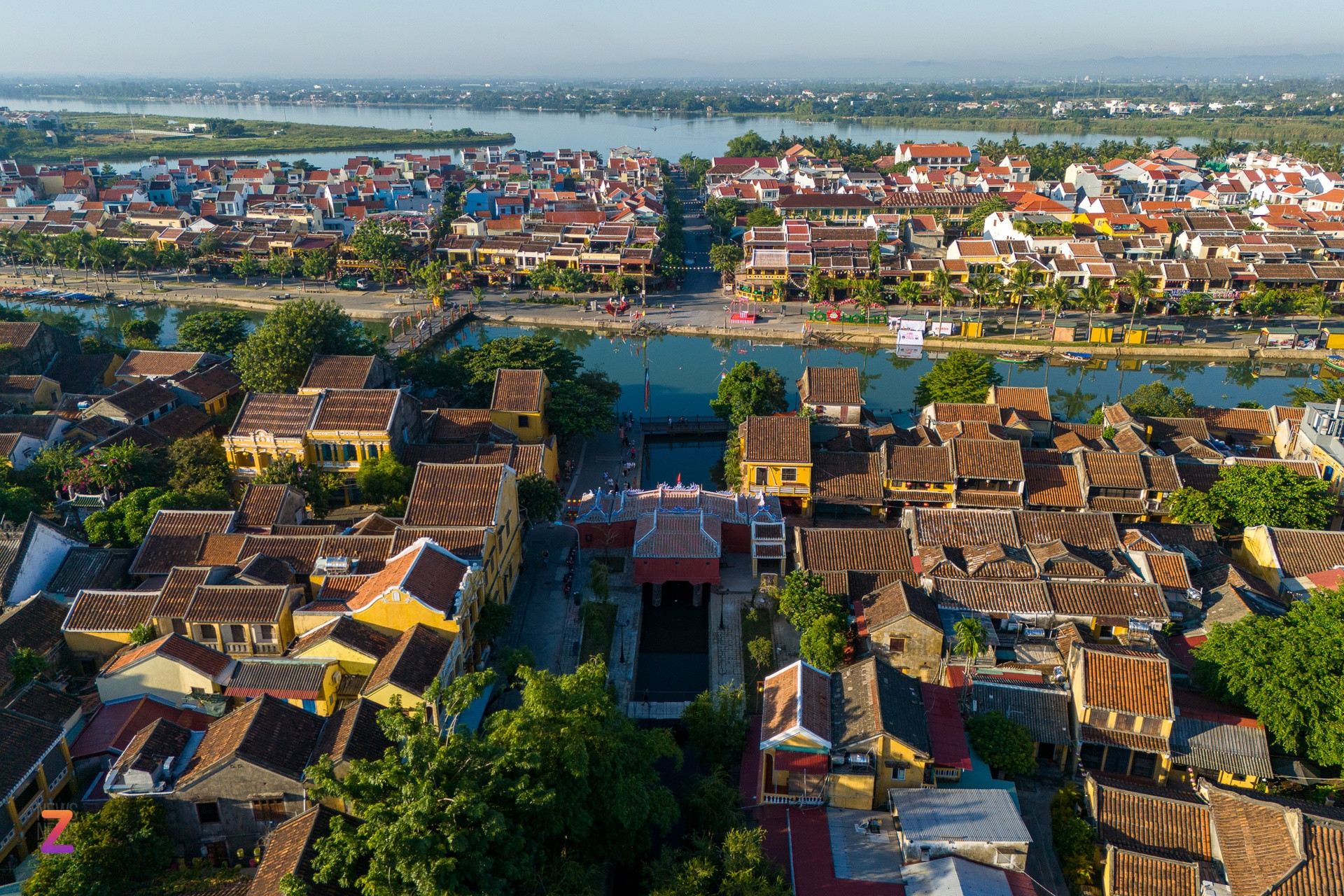
Since its construction, the Japanese Covered Bridge has undergone at least seven times of restoration in the years 1763, 1817, 1875, 1915, 1962, 1986, and 1996, along with several smaller repairs.

The Japanese Covered Bridge was recognised as a national historical and cultural heritage in 1990.
(Source: lifestyle.znews)
